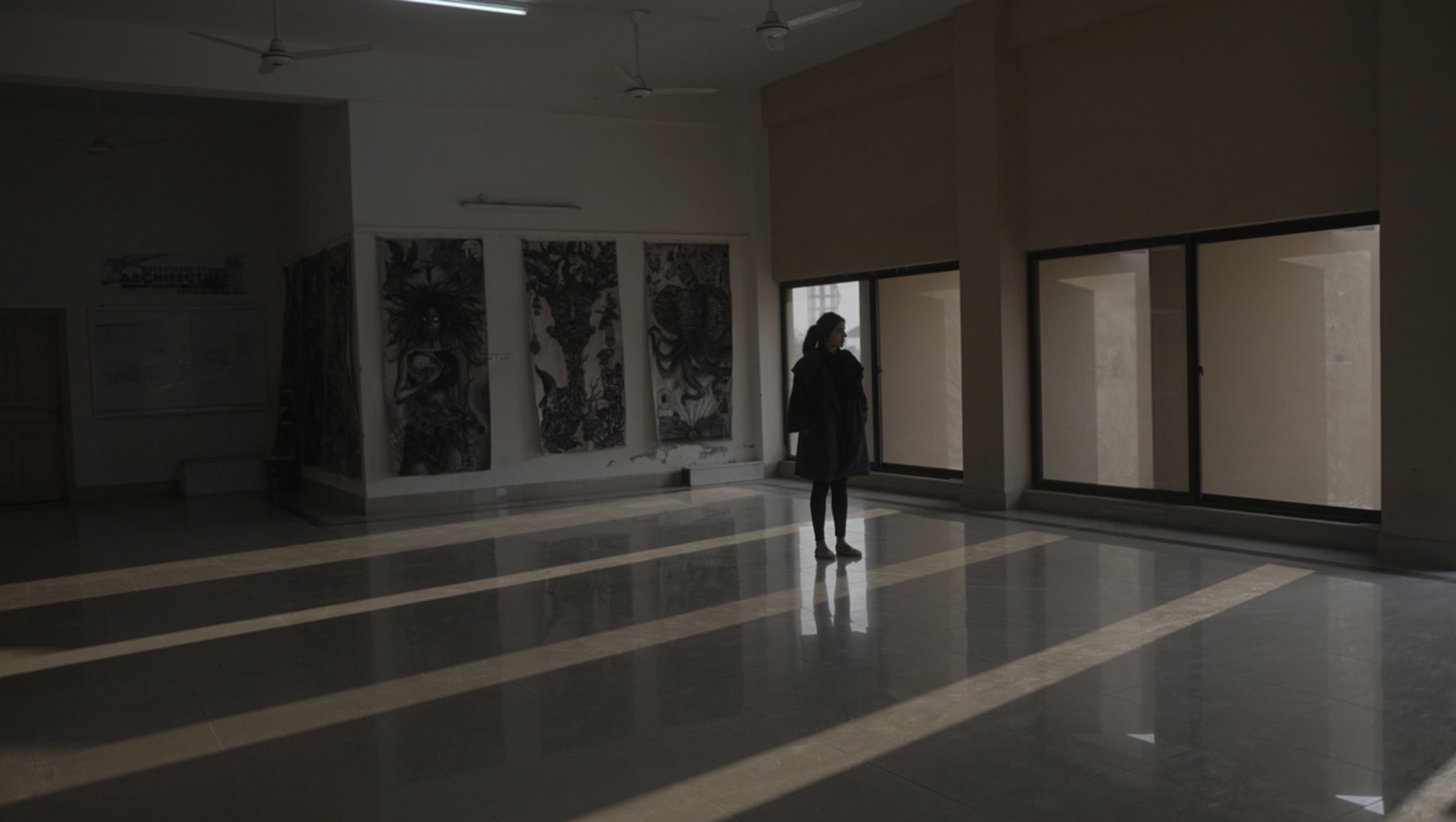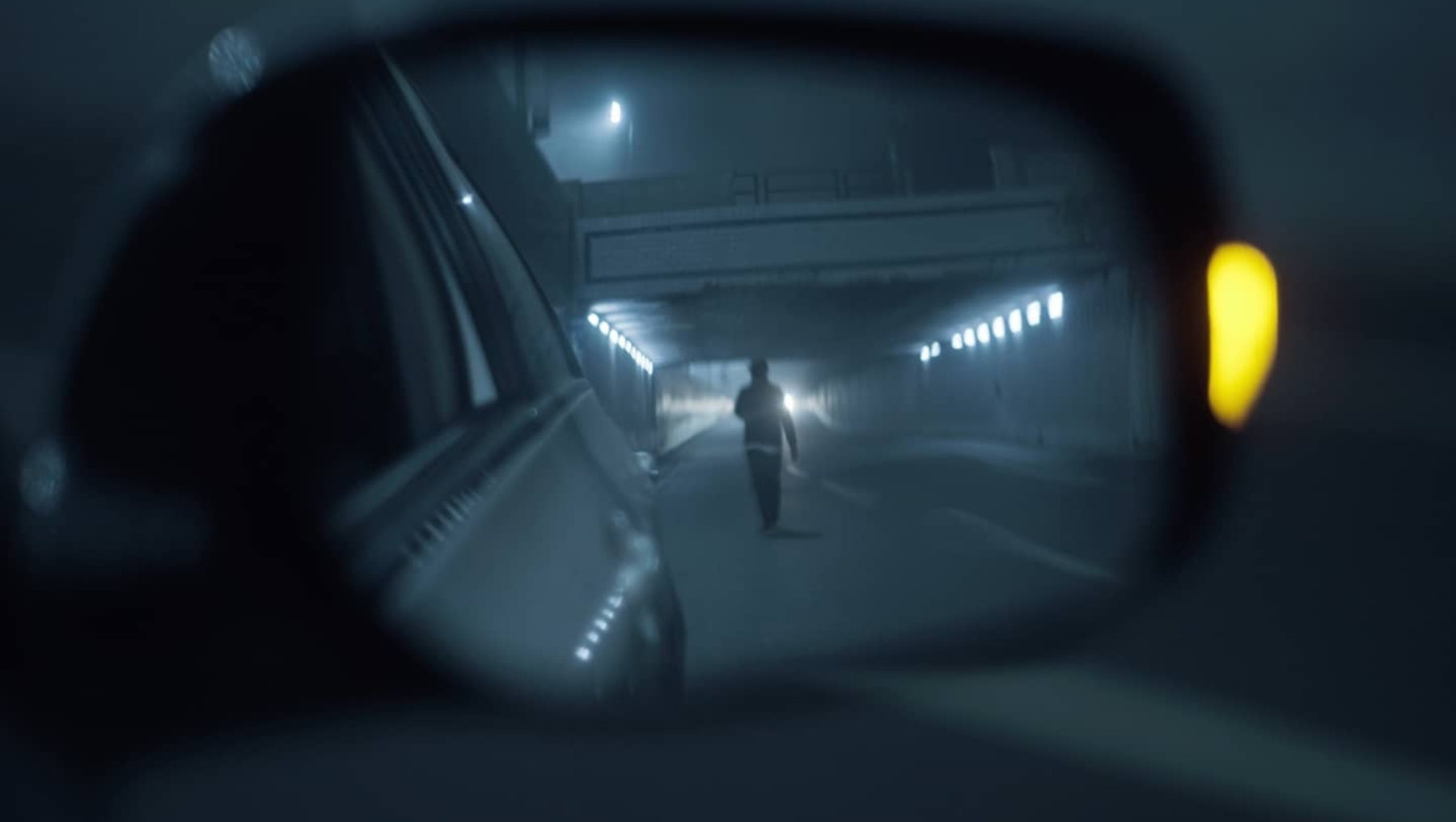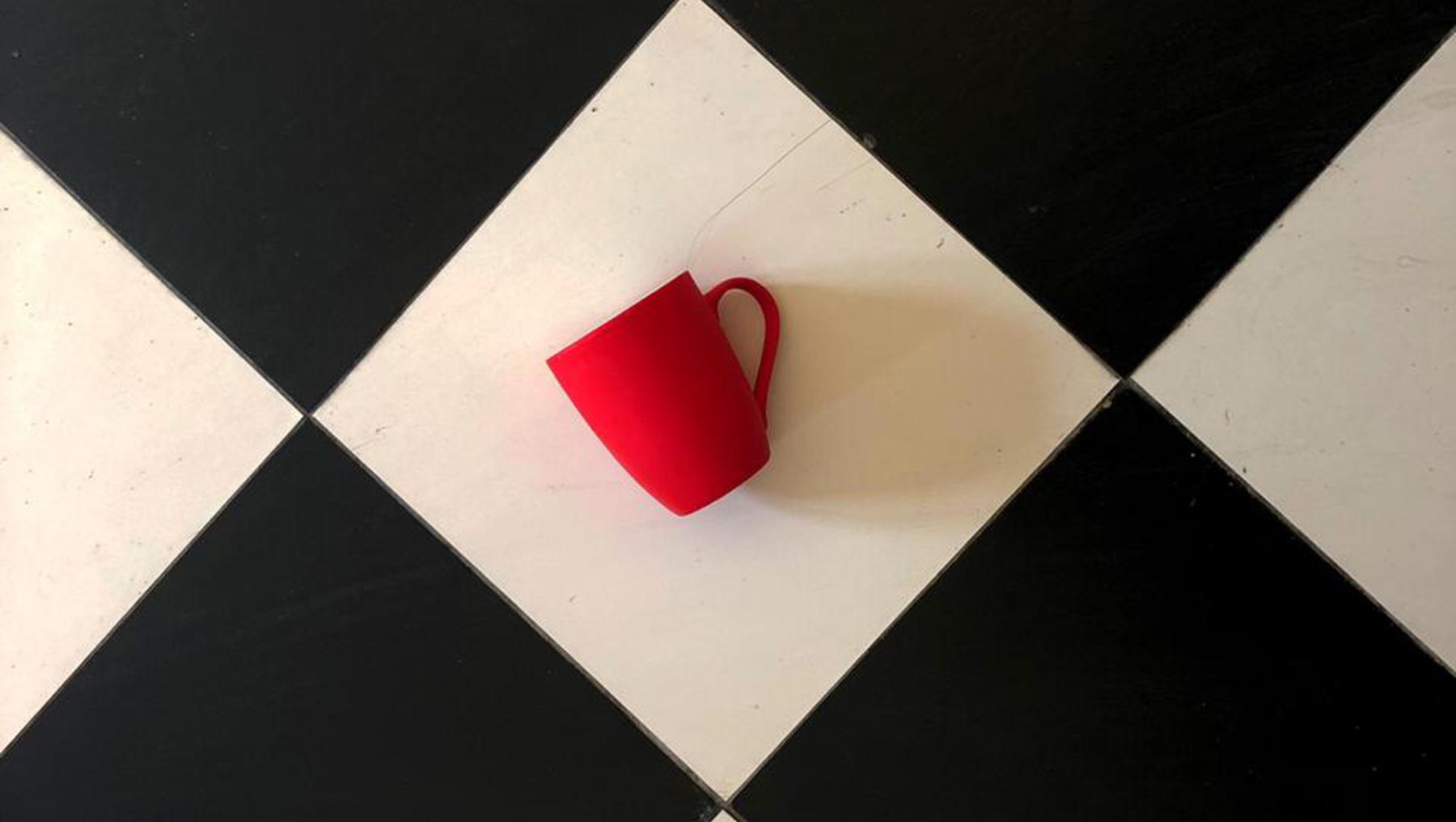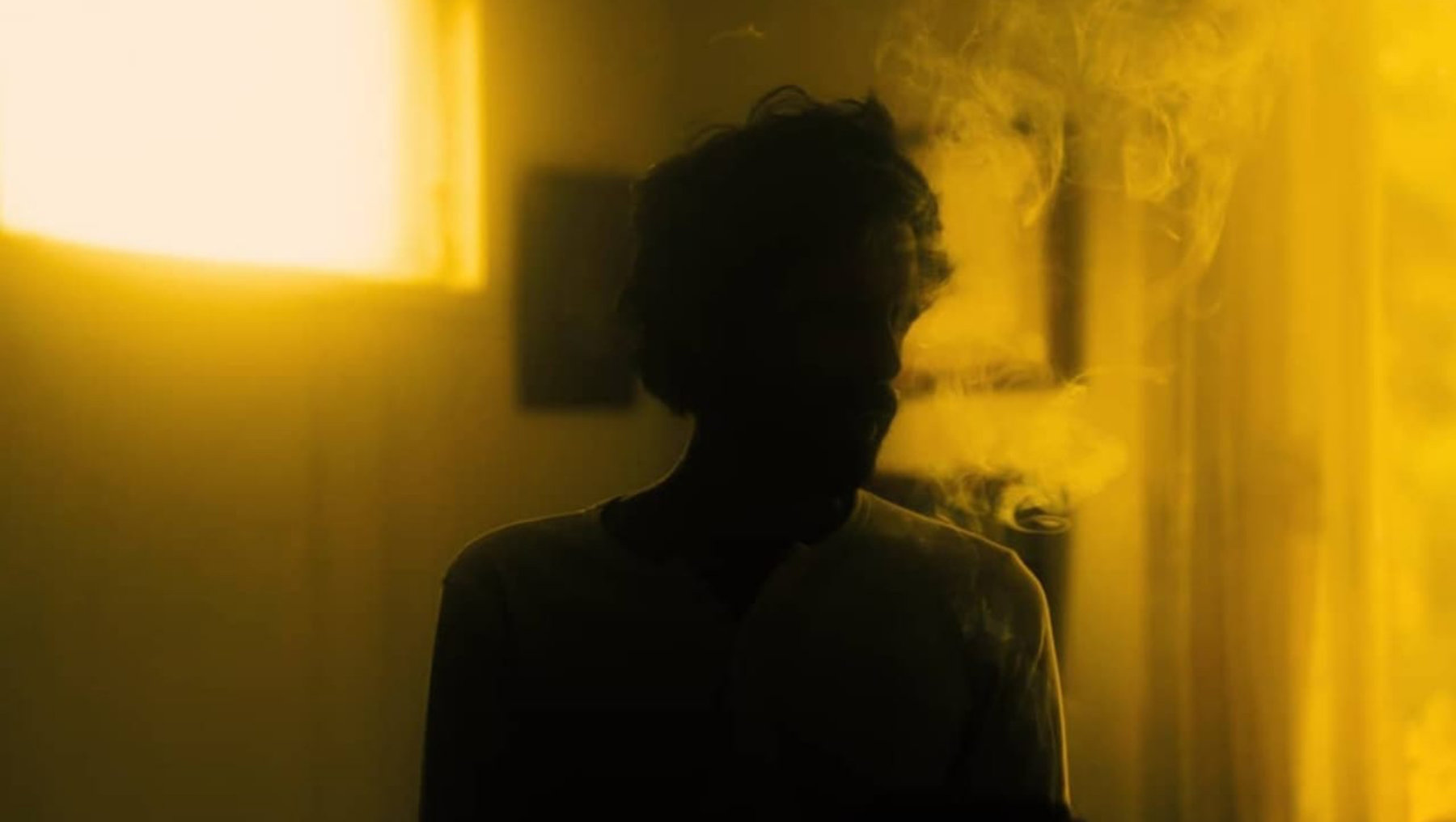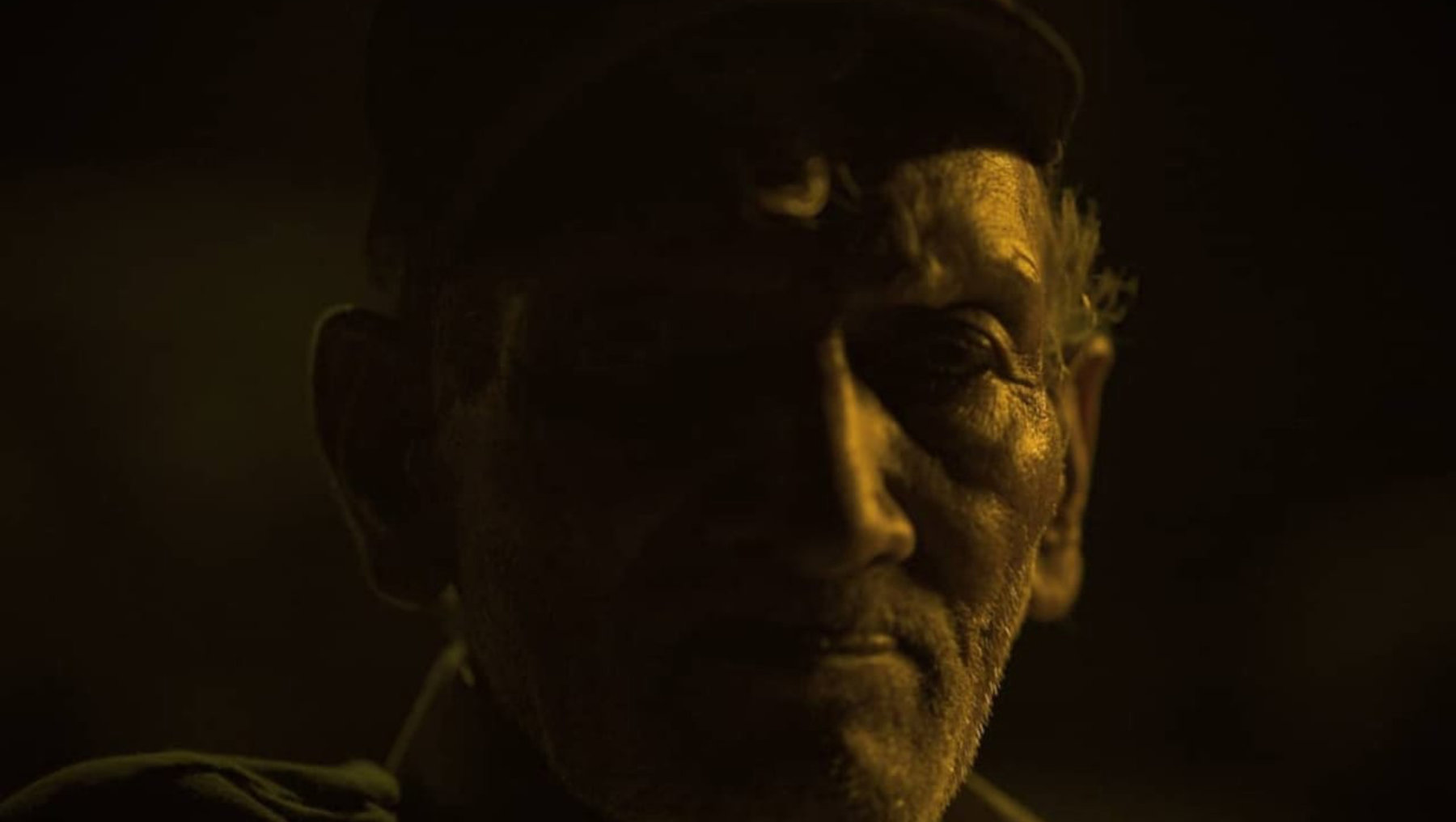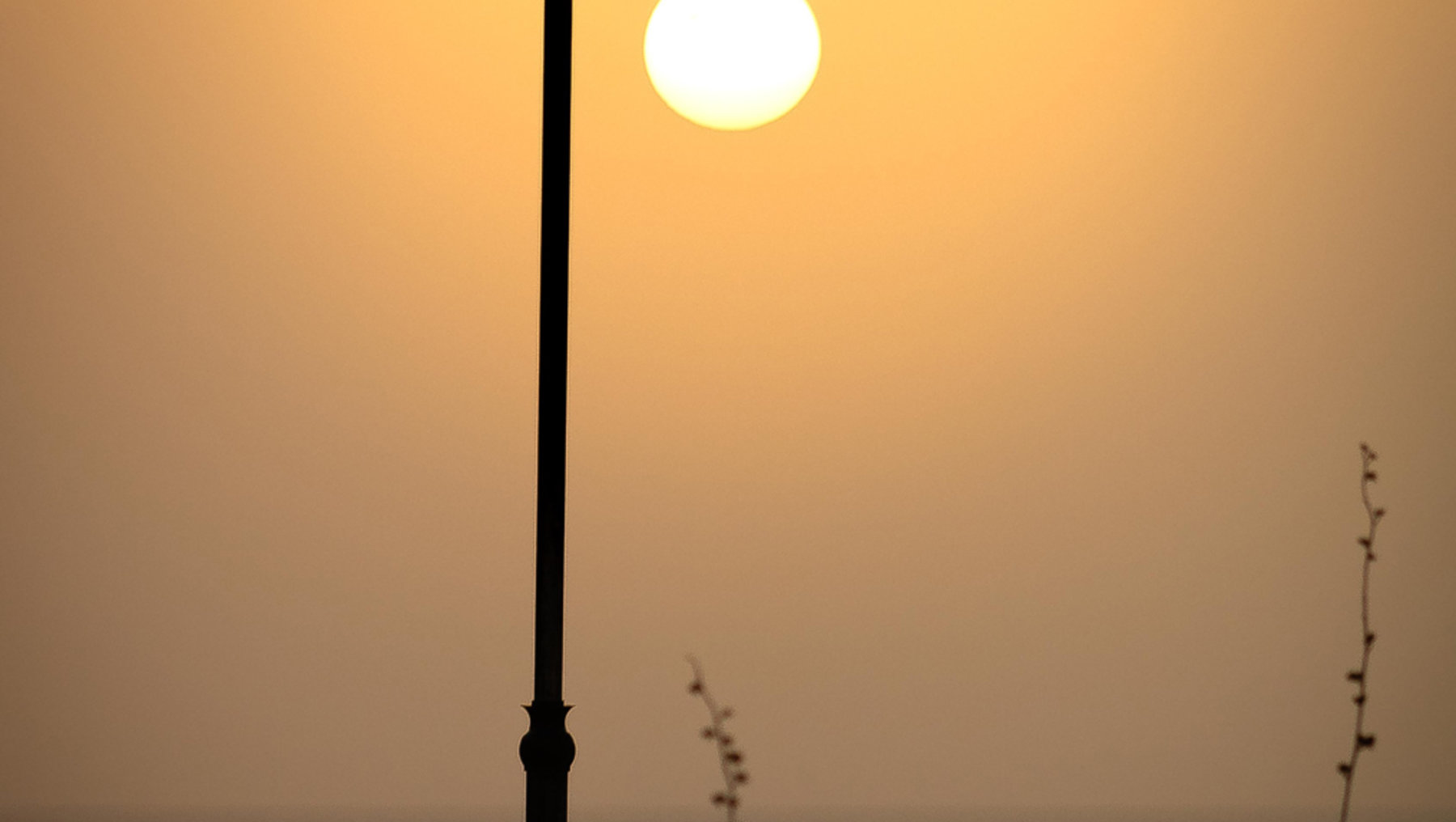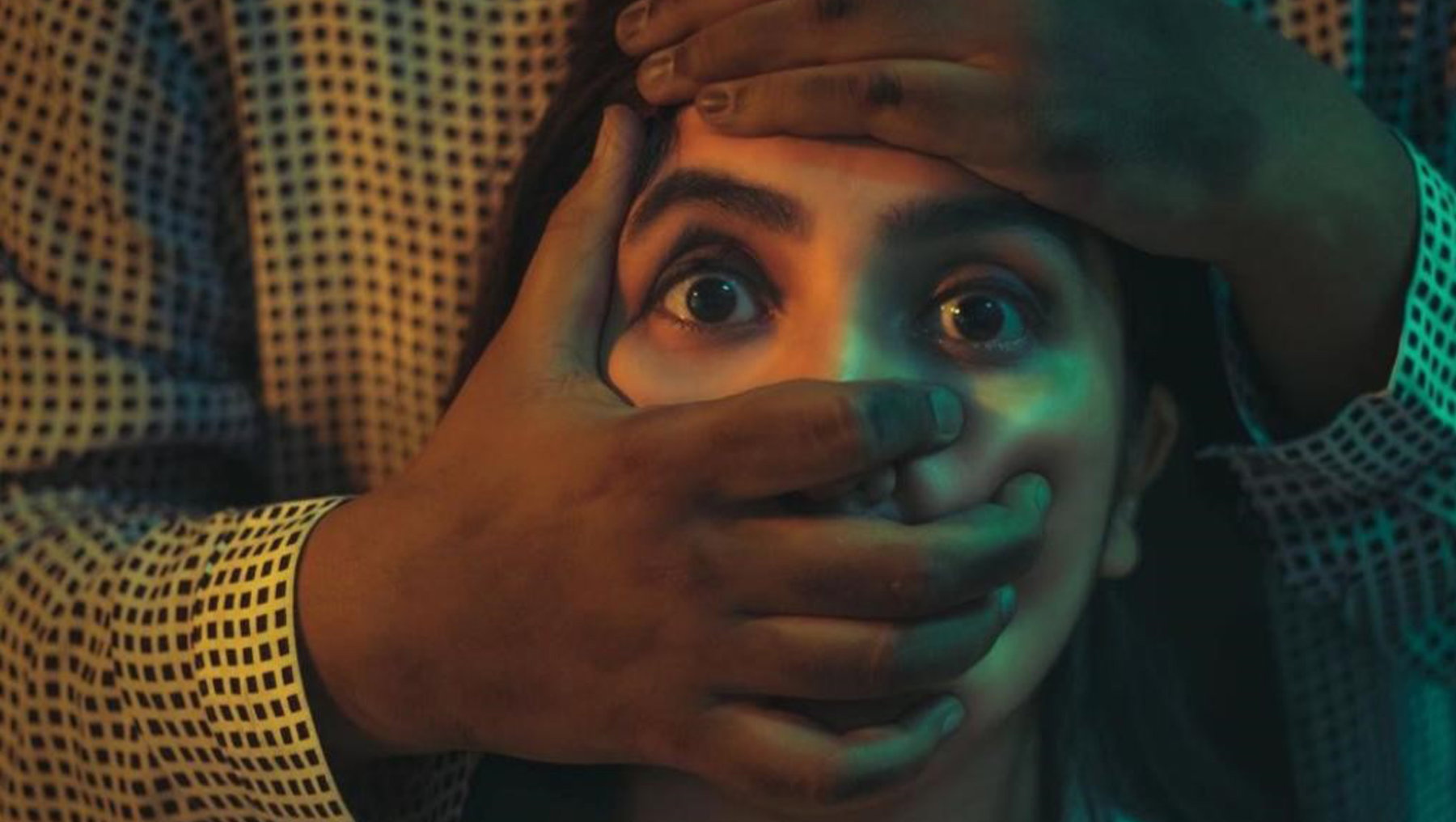Projekt
Photography Learning Project
Winter Semester 2020/21
Studio
Prof. Petra Müller-Csernetzky
This project focuses on experiential learning for good photographic composition. The key to understanding experiential learning at first is to understand what learning is, this study delves into learning in general and then focuses on experiential learning.
Photography is defined to give general context, the general rules of photography are discussed to lead the way for defining a challenge and a problem to study and find solutions for. To take ideal photographs it’s essential to enhance observation skills, the learning settings developed helped the learners train their eyes for better observation and more creative and clear storytelling.
How are observation and story-telling essential in learning photographic composition?
A thorough research was conducted into learning in general by studying and relating to many educational papers such as David O. Justice and his 3 principles of learning. Afterwards, experiential learning was discussed by John Dewey and James Gentry. Photography learning, by Mihcael langford and David Prakel was then discussed and related to the learning insights we found, how do they see composition and how important it is for a successful photograph.
The insights were then applied to the prototypes conducted.
Alain Findeli’s “Research through design” was our method for conducting our prototypes, since we are studying visual and artistic communication results (photographs).
Throughout the prototype testing and reflecting, we showed what we modified in each prototype along the way, and how these changes yielded different results until we finally reached a conclusion to finalise the prototypes.
Observation, Reflection, and self-expression were the main components of our prototypes and they gave the best results.
Learning good photographic composition is a process that includes an intricate observation of shape, colour, and light on one hand and with story-telling on the other.
Observation ensures creative visualization through shape, colour, and light recognition while story-telling ensures self expression through visual associations. Combined, they create an effective photography experiential learning tool.
